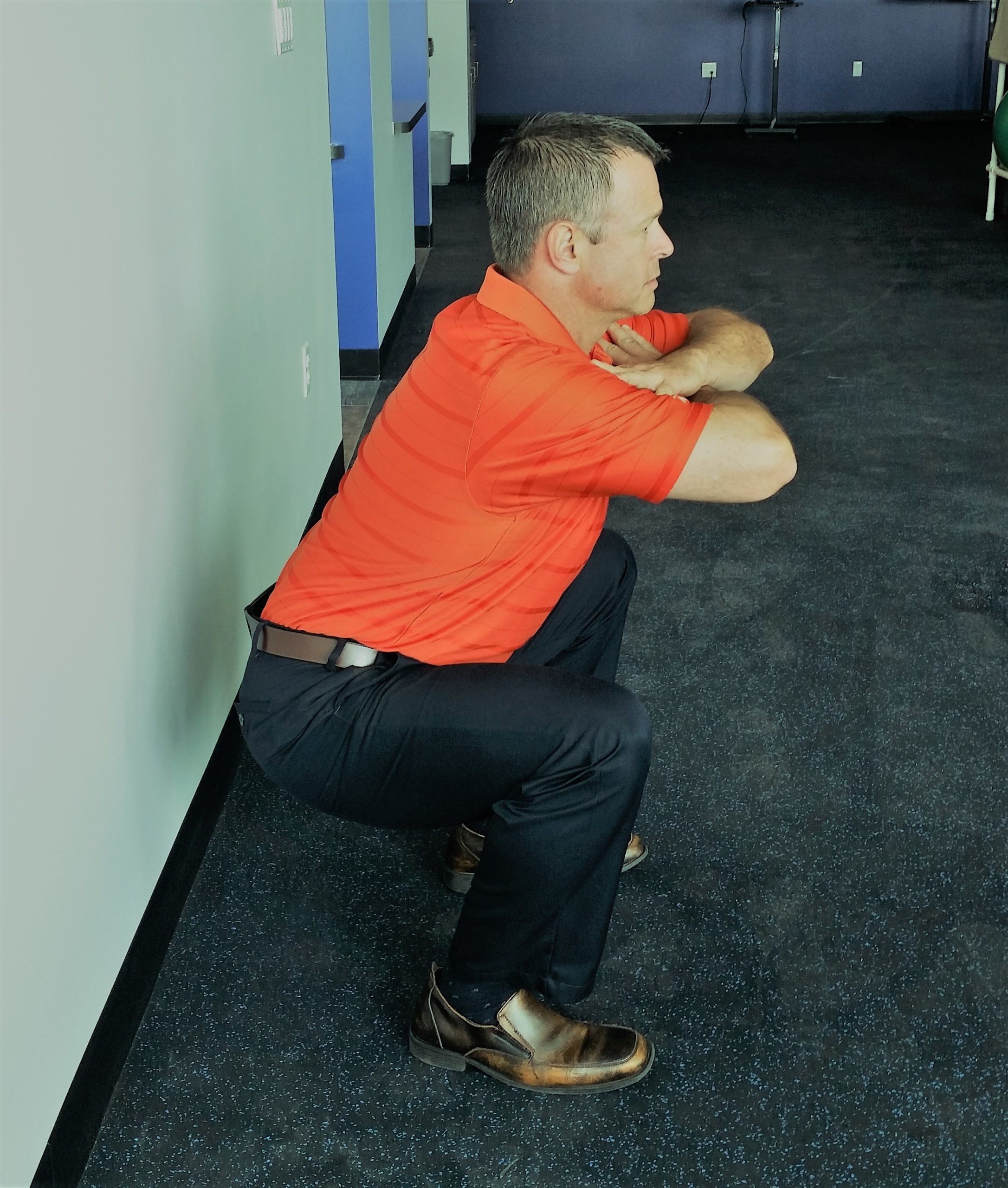Squatting Technique Is Everything
by Brooke Smith, DPT
AZOPT Goodyear Clinic Manager
Have you ever wanted to increase strength and tone your gluts and legs? If so, squatting is one of the core exercises most fitness instructors will recommend. Not only does squatting increase muscle mass but resistance strength training will improve your body’s ability to burn fat. Squatting is challenging. Proper form is difficult, but necessary to avoid injury. Whether you are a seasoned veteran or brand new to squatting, let’s take a look at proper squatting technique:
Your feet are placed shoulder width apart, pointed straight, or if you prefer, you can turn them slightly outwards, no more than 30 degrees.
Knees
Your knees stay in line with your big toe or 2nd toe and should not dive inwards towards each other. Your knees must pass over your toes to complete a full depth squat, which is when your hips dip slightly lower than your knees. Recent research has shown that allowing your knees to pass over your toes does not increase risk for injury. However, restricting forward knee motion places increased stress and force through your hips and back.
Hip
The hips bend with the knees. To initiate movement, push your hips backward (like sitting in a chair) and bend the knees at the same time. Again, don’t allow your knees to come inward, but you can push outwards.
Back
Your back remains in a neutral position with no rounding or excessive arch. Also, you want to stay as vertical as possible without leaning too far forward.
Common mistakes found during a squat:
- Allowing your knees to bend inward (towards each other). If you look down and see that your knees are inside of your feet, stop! This puts excessive stress on the knee and can cause future pain and injury, especially if you perform with increased weight or load. Hip mobility issues or weakness are at fault here.
- Coming up onto your toes. Try kneeling with one foot a fist length away from the wall. With that foot completely flat on the ground, touch your knee to the wall. You should be able to easily place your knee on the wall while keeping your foot fully flat on the floor. Inability to do this signals tight ankles or tight calf muscles that are restricting your ability to stay flatfooted during a squat.
- Excessive forward lean of your torso. Limitations in hip mobility are causing you to compensate by leaning your upper body forward. With increased weight (back squat or front squat), this could lead to back pain or injury.
- Inability to perform an overhead squat. This is mainly due to limited shoulder flexibility or thoracic mobility.
Pain during a squat or the inability to perform a full depth squat may signal soft tissue restrictions, joint restrictions, or motor control deficits. The good news – these are all easily treatable. Remember, AZOPT offers free functional movement assessments by a licensed physical therapist to identify any pains or limitations as well as assist with proper mechanics to reduce future injuries.









